Yesterday, I spent part of the day prepping chicken and vegetables for a stir fry dish I concocted that meets my criteria for low carb and yet would be pleasing to Tom. I cleaned and chopped portabella mushrooms, zucchini, onions, celery, yellow/green/red bell peppers, and fresh garlic and ginger.
Tom likes onions, celery, garlic, ginger, and mushrooms but refuses to eat bell peppers which many don’t like. So, before dinner, I stir-fried the items he wants, added the chicken, seasoned everything with sauces, and set it aside. I quickly stir-fried the other vegetables with sauces in the same pan, placing half of them on my dinner plate and then adding the chicken ingredients. Tom added rice to his meal and ate only the cooked chicken with the veggies he liked.

It worked perfectly. He didn’t have to pick out the vegetables to put them on my plate while I had plenty of veggies with the chicken. We each topped our dish with peanuts for a special added touch. It couldn’t have been more delicious.
Just when we were about to sit down at about 5:30 pm, 1730 hrs., we heard a light tap on the door. (Lately, we’ve been eating early since we have only a light breakfast around 8:00 am and don’t eat anything all day). By 5:30, we are hungry and ready for a nice meal. We usually eat later when we dine out or have company for dinner.
We both jumped up to see who was at the door, to find Rita, Gerhard, and their male friend Lee who traveled with them and was joining them during their short stay here in Marloth Park, most likely less than a month.
There stood our wonderful friends. The hugs and the hellos were intense. Gerhard was holding two three-packs of Krispy Kreme donuts for Tom. It wasn’t the first time Gerhard had brought these donuts for Tom. By this morning, all six donuts were eaten. Piglet. Ironically, when Tom went to Spar yesterday to pick up my light wine, he purchased two big bags of Lay’s potato chips, Gerhard’s favorite.
Rita and my friendship is only four years old, but we’ve grown to be like sisters in that time with lots of hugs and love bestowed upon one another. I am blessed to share this same type of lifelong friendship with other incredible women in the years we’ve spent in Marloth Park. It’s hard for us to believe that it was almost nine years ago when we first came to Marloth Park in 2013.
They didn’t stay. I had invited them for dinner earlier in the day but knew there would be shopping in Woolie’s in Nelspruit and plenty of unpacking. Rita is one of the most organized people I know, so we know we won’t see them again for several days until she feels like everything is in order.
She keeps her drawers, cupboards, and closets so pristine I drool when I see them. But, I gave up my attempts at perfectionism when we left the US in 2012. My cupboards are only moderately organized, although my clothes (and Tom’s) are neatly folded in the cupboards since there are no drawers in the bedroom here.
As for the non-perishable food in the kitchen…well, it could be tidier, but it works for me. There are no above-counter cabinets in the kitchen (typical in Africa), so space is at a premium. The low hard-to-reach space for plastic containers (Tupperware type) is difficult for me to organize since I have trouble bending down that far, a common dilemma facing most who’ve had cardiac surgery. I have resigned myself that it’s not the tidiest spot in the house. There are no doors on the storage spaces in the kitchen.
When we visit Rita and Gerhard at their house in the bush, I will enjoy seeing Rita’s organization but feel comfortable with the system I have in place that works for me.
Surely sometime in the next few days we’ll all get together and catch up and will do so many more times while they are here. We’ve already informed David at Jabula to save a table for four of us; now, we’ll change it to five for the addition of their friend Lee or more if others join us.
We have great leftovers for tonight, so this morning I busied myself with laundry, making a fresh salad for dinner, working on today’s videos and photos, and now, wrapping up the post. For the afternoon, we’ll enjoy more time on the veranda as animals stop by to say “hello.”
Enjoy our three new videos!
Have a fantastic Sunday!
Photo from one year ago today, July 31, 2021:
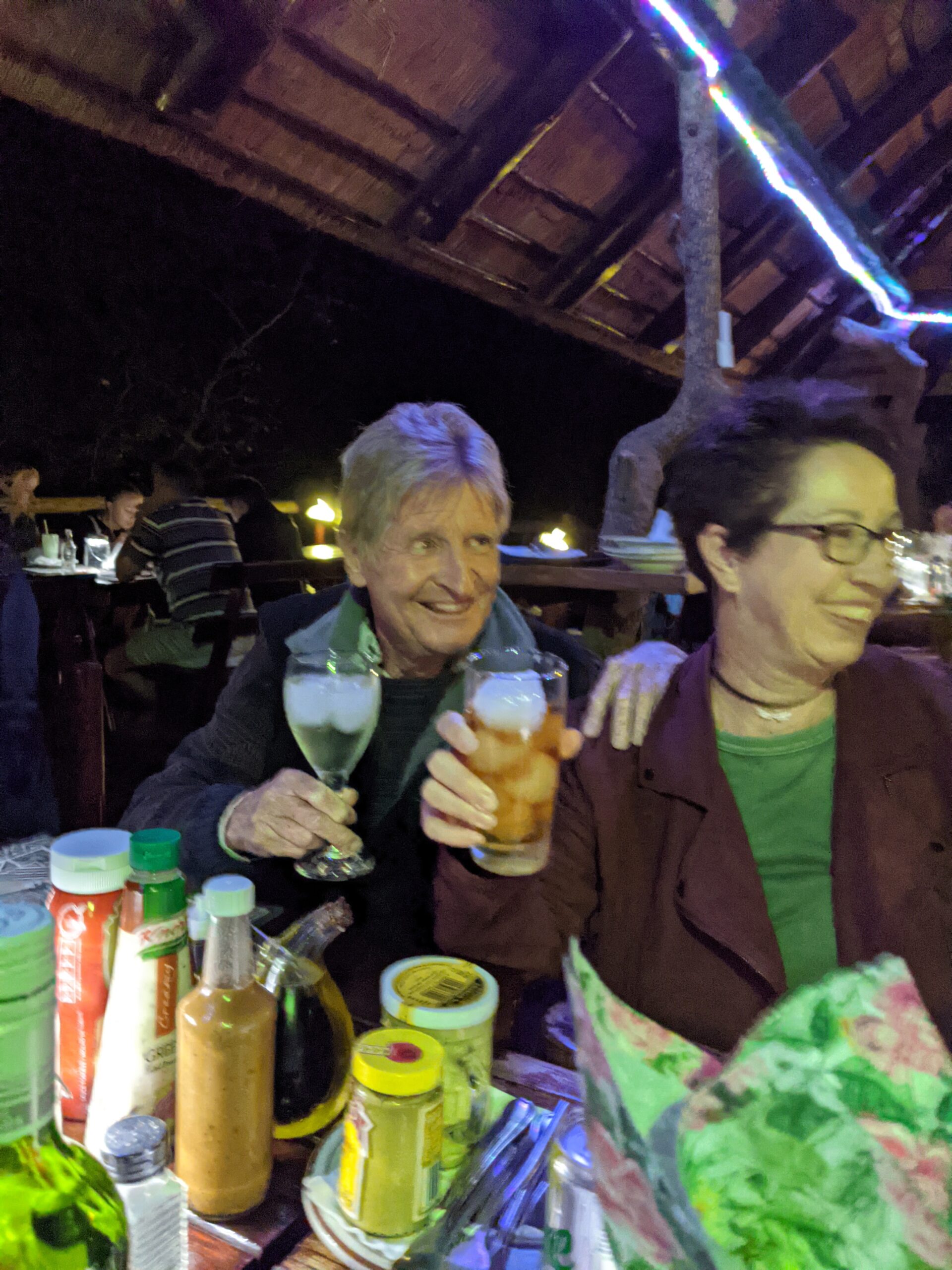



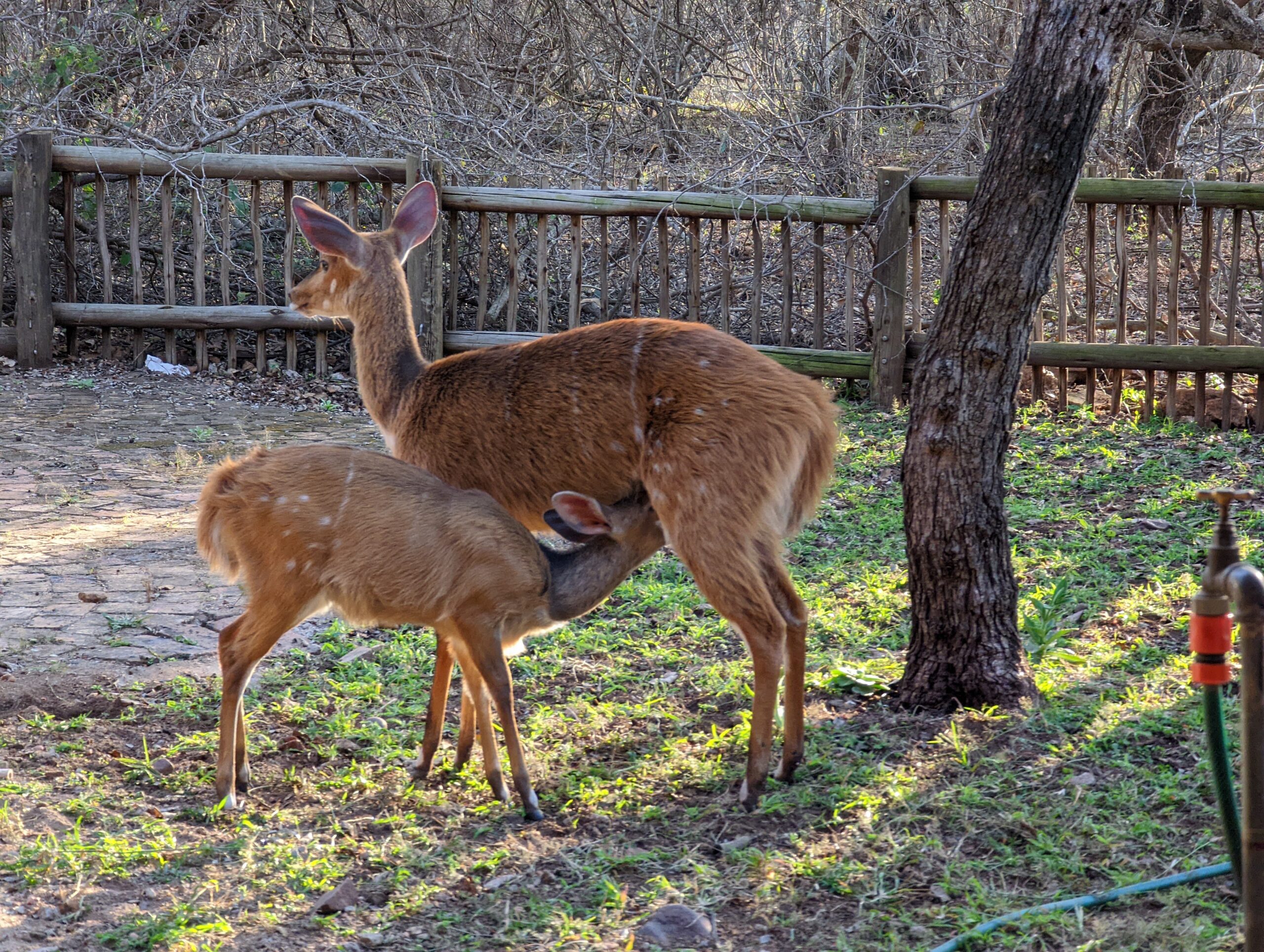


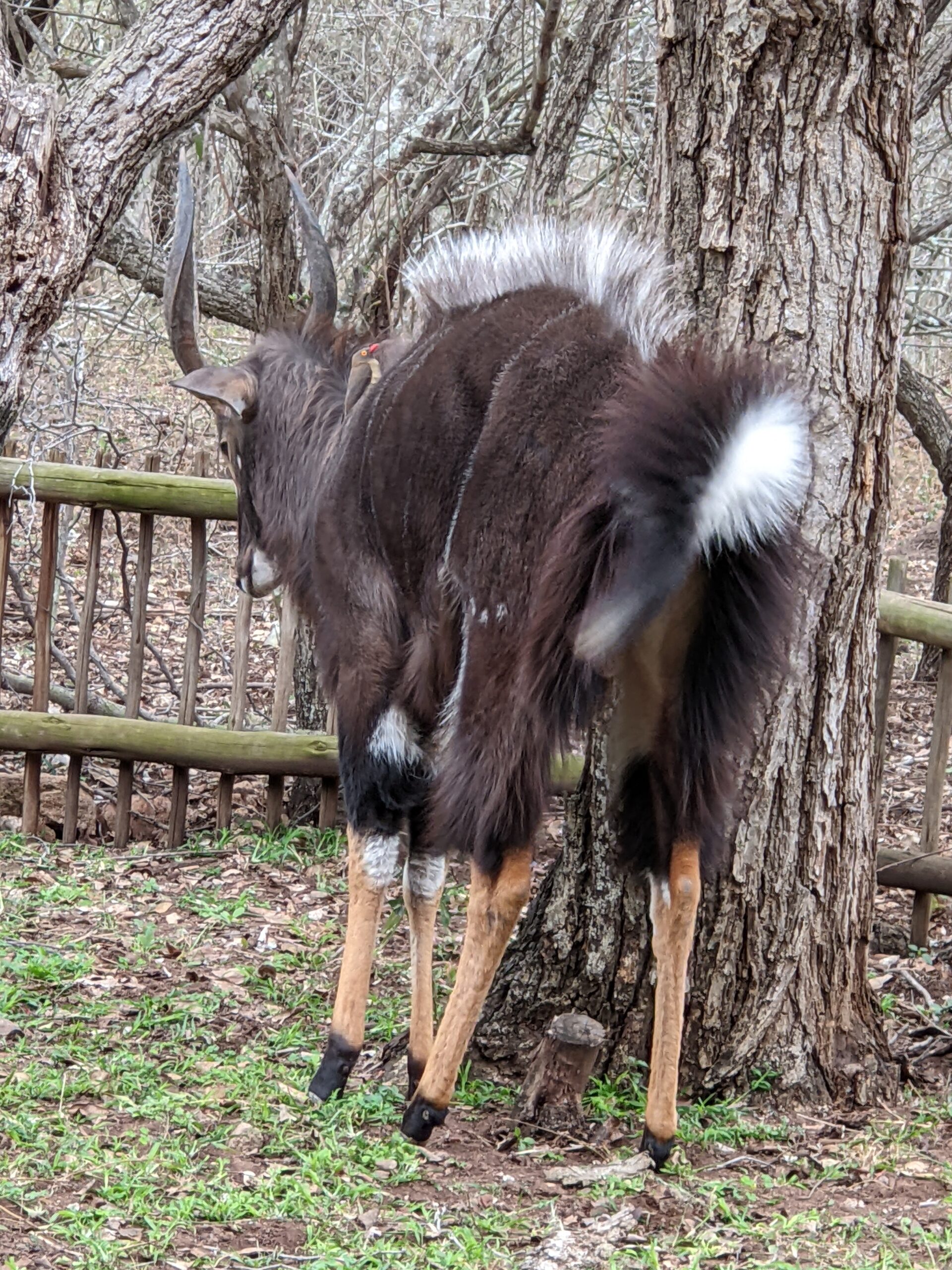

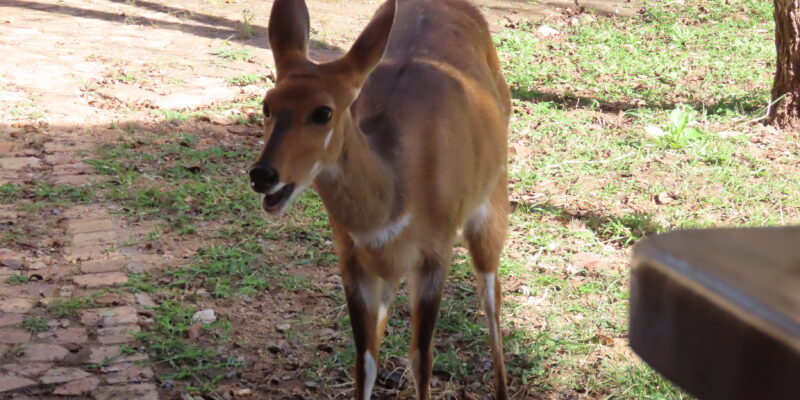

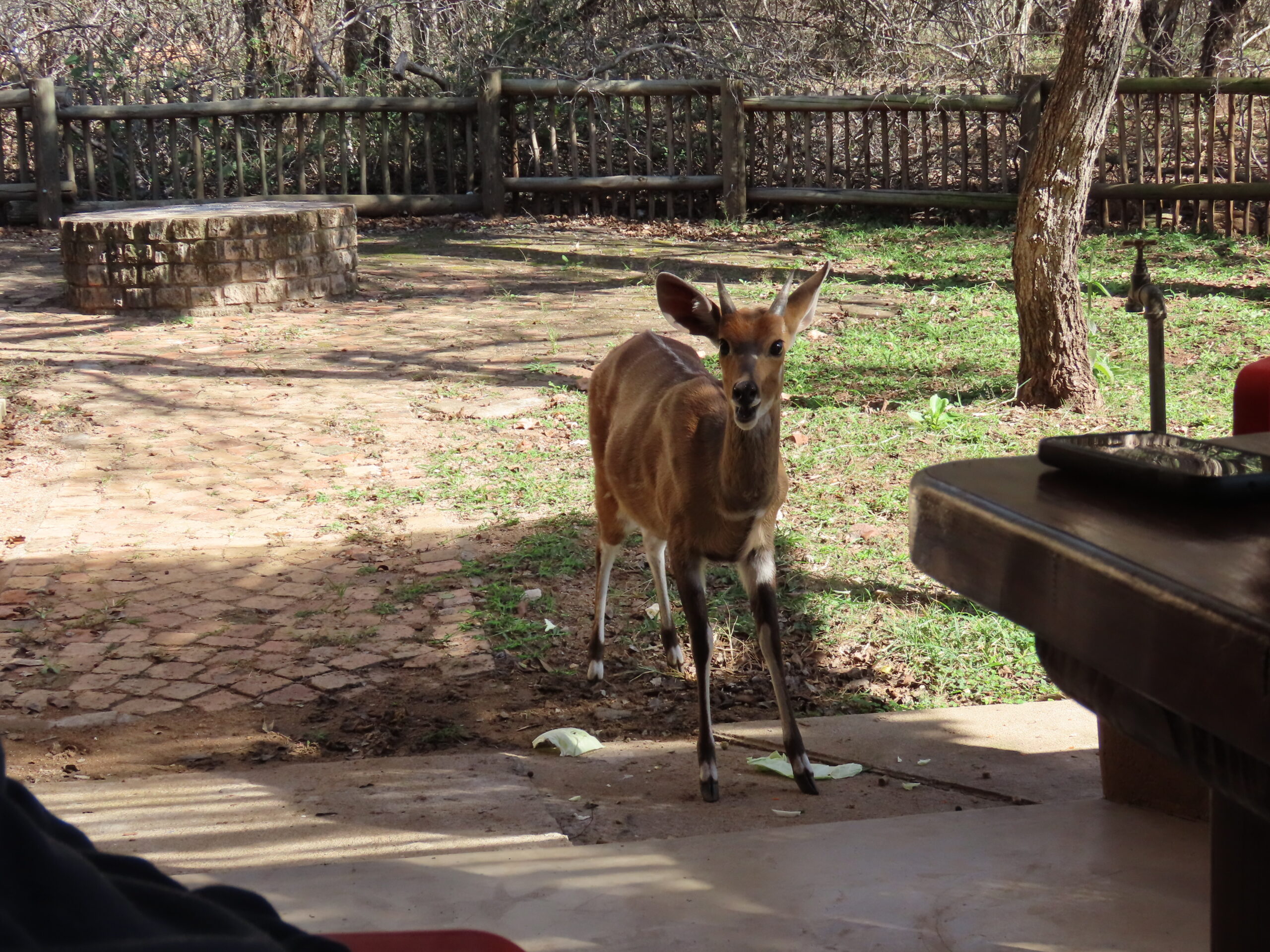
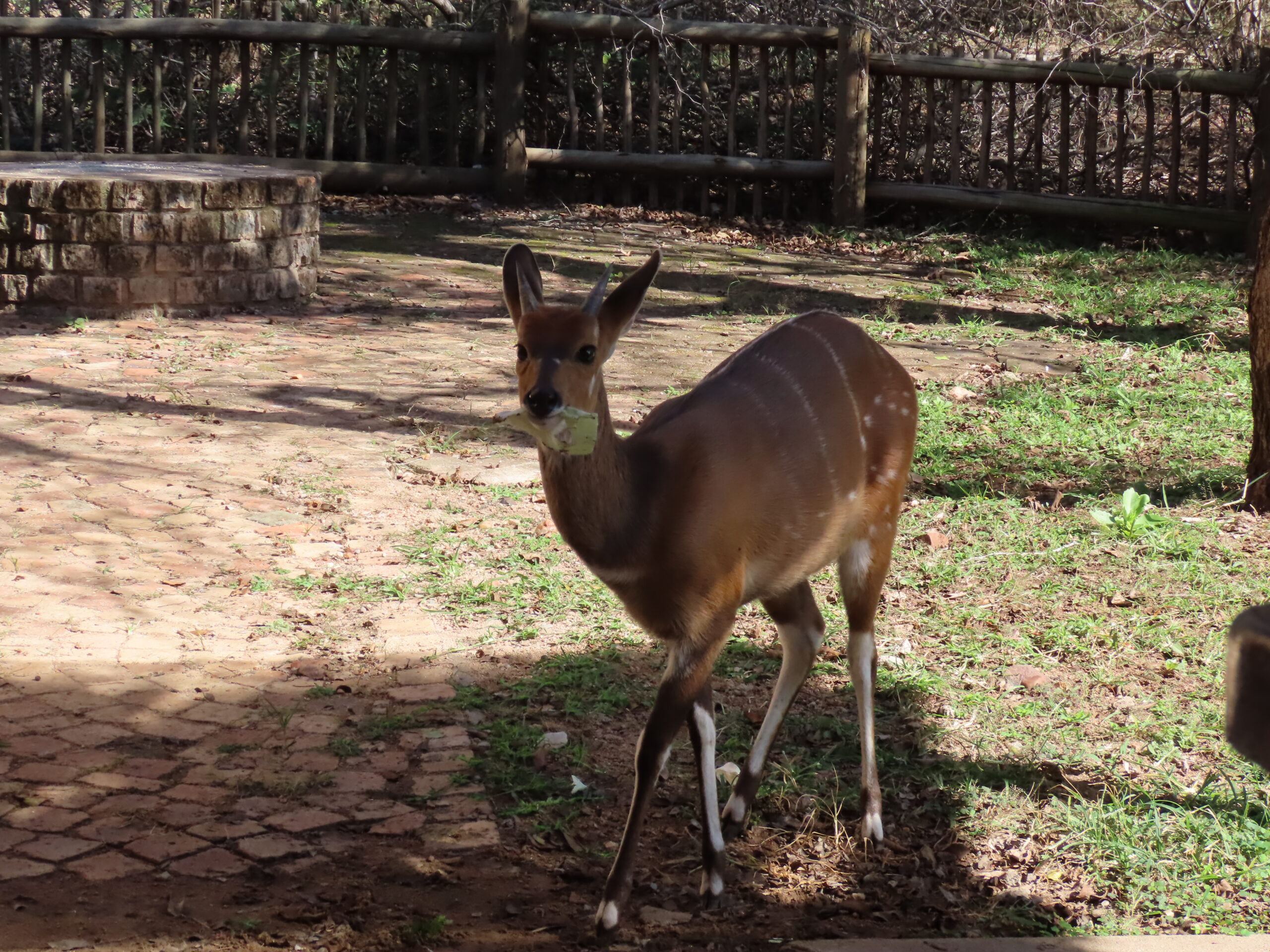
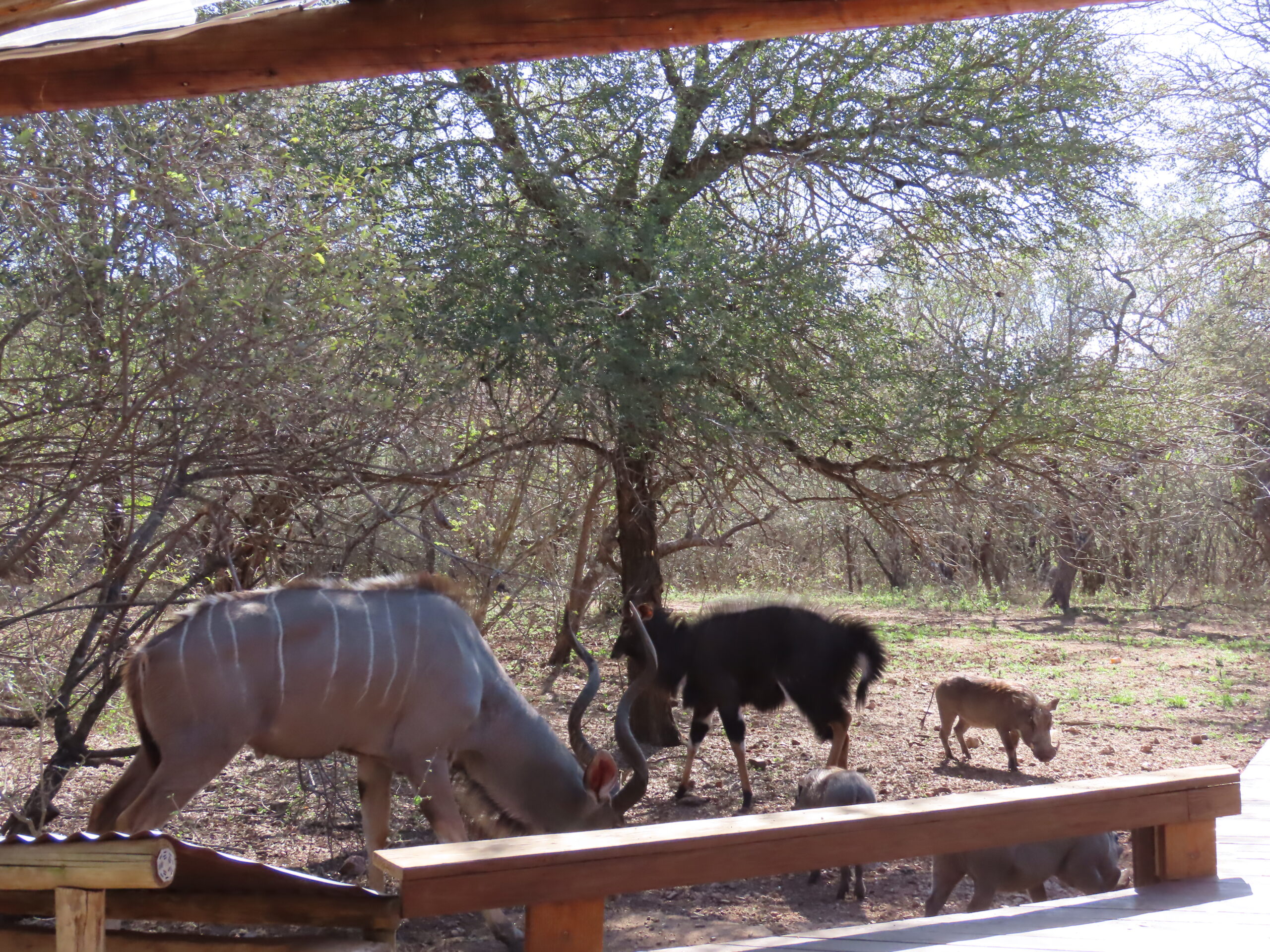
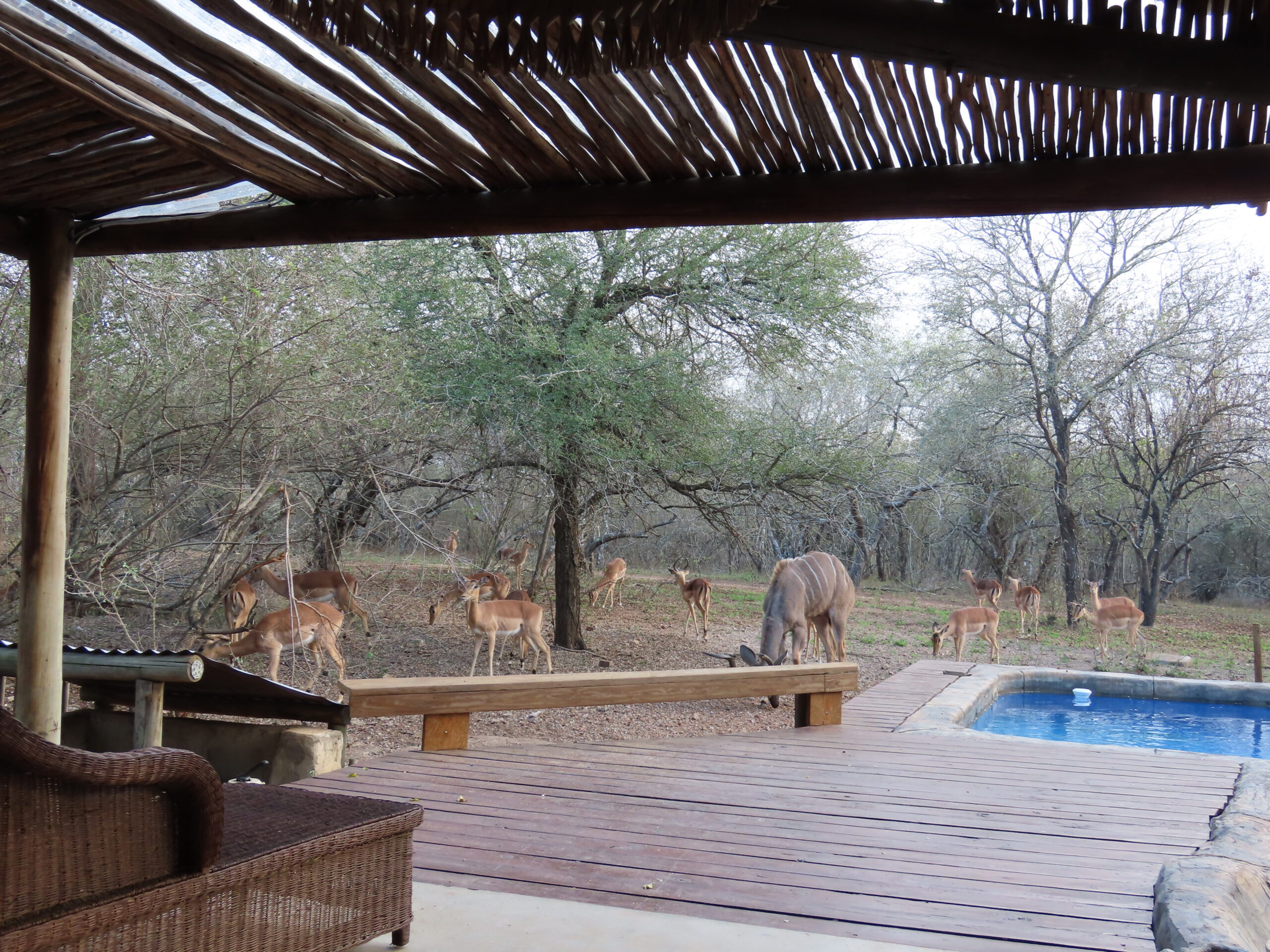
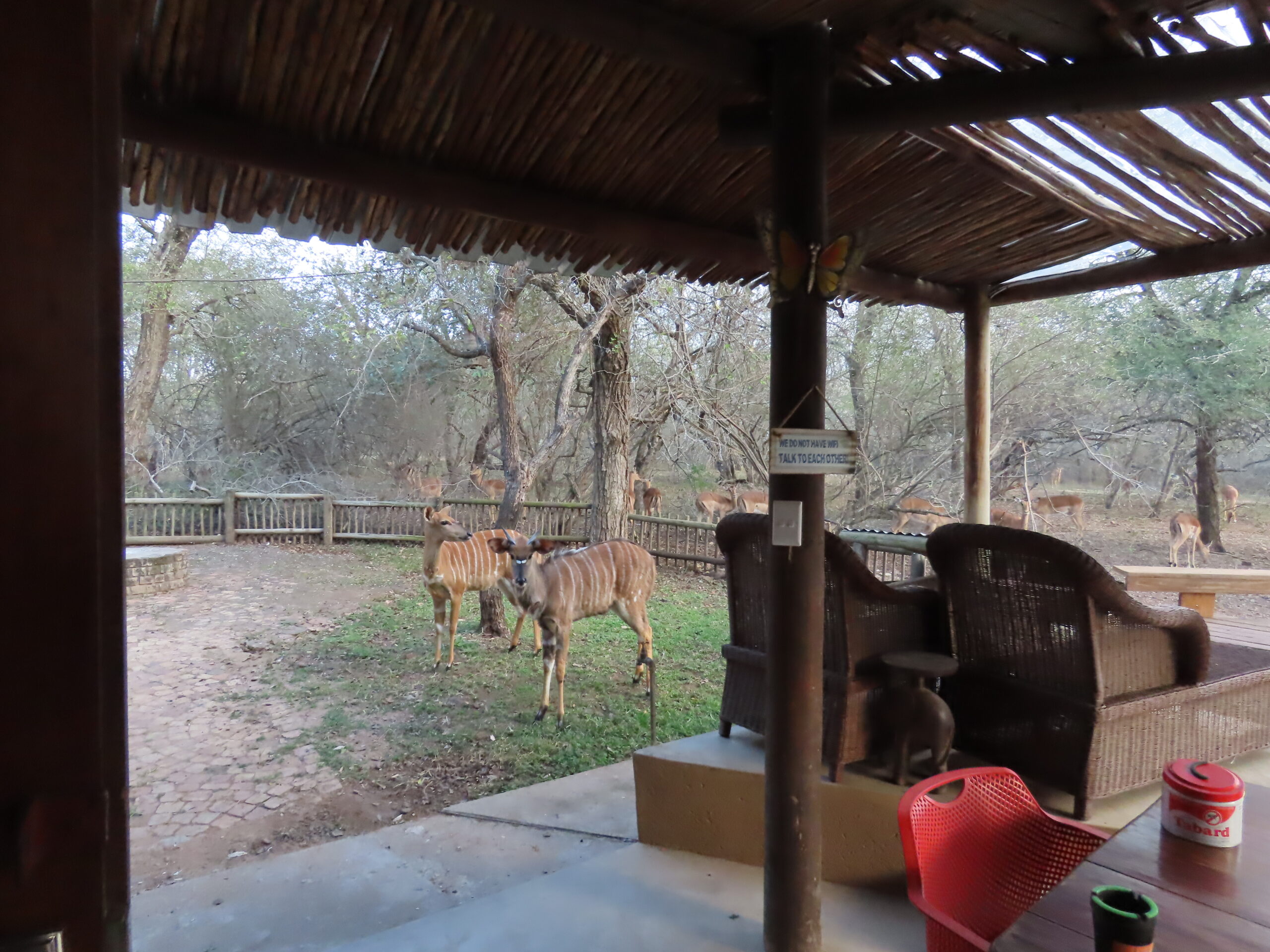
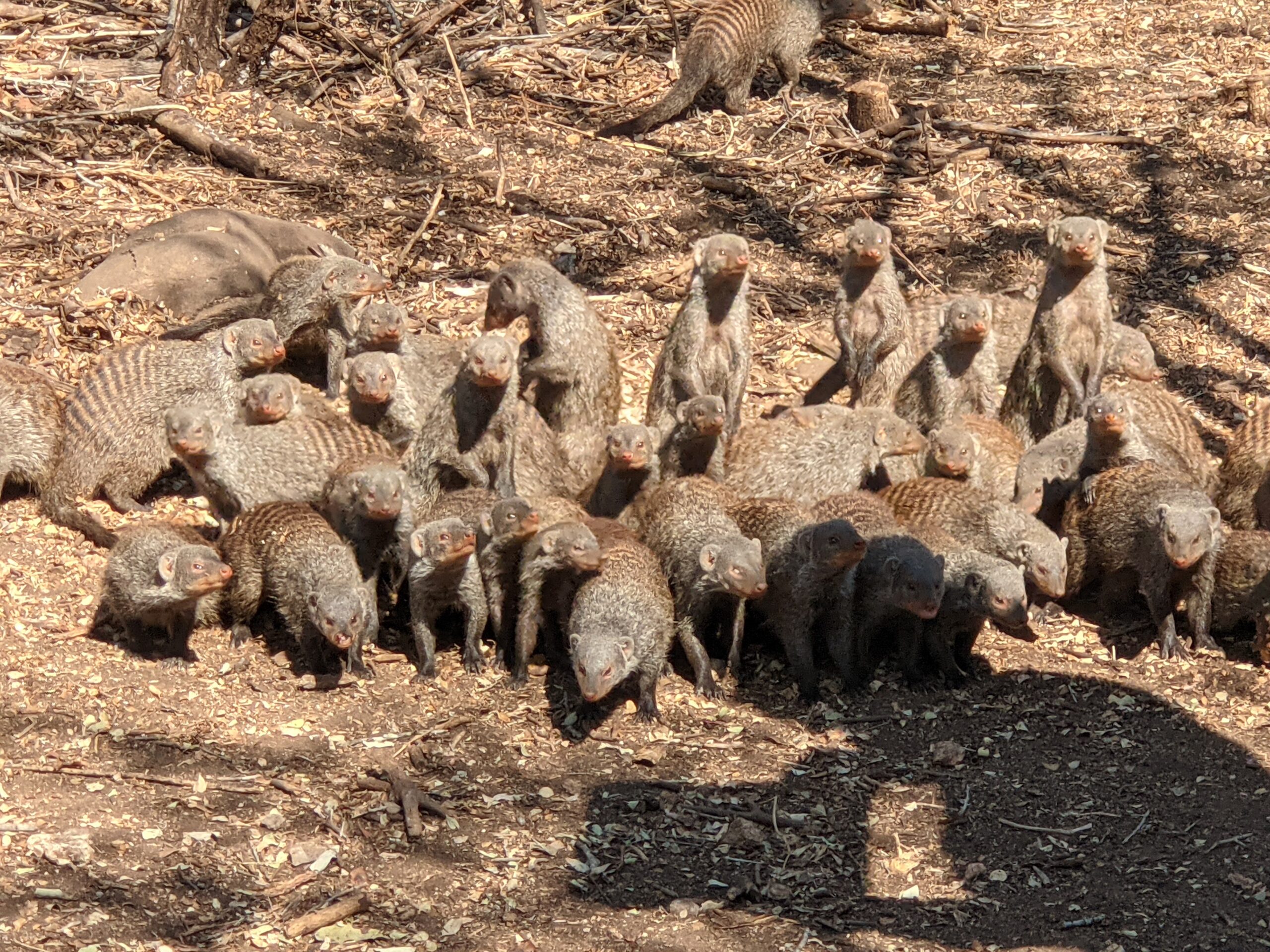










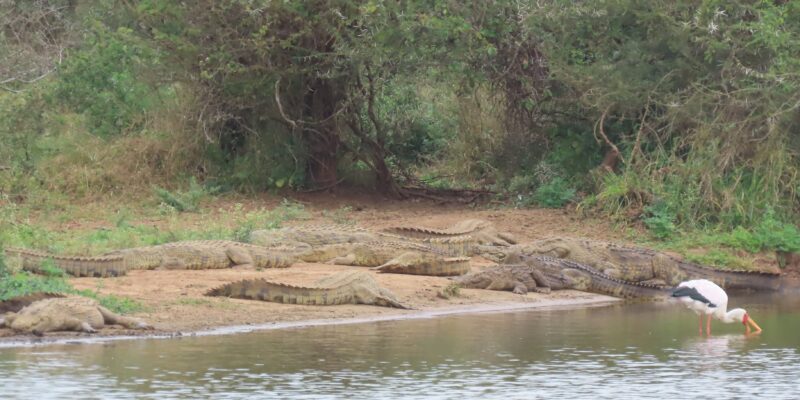
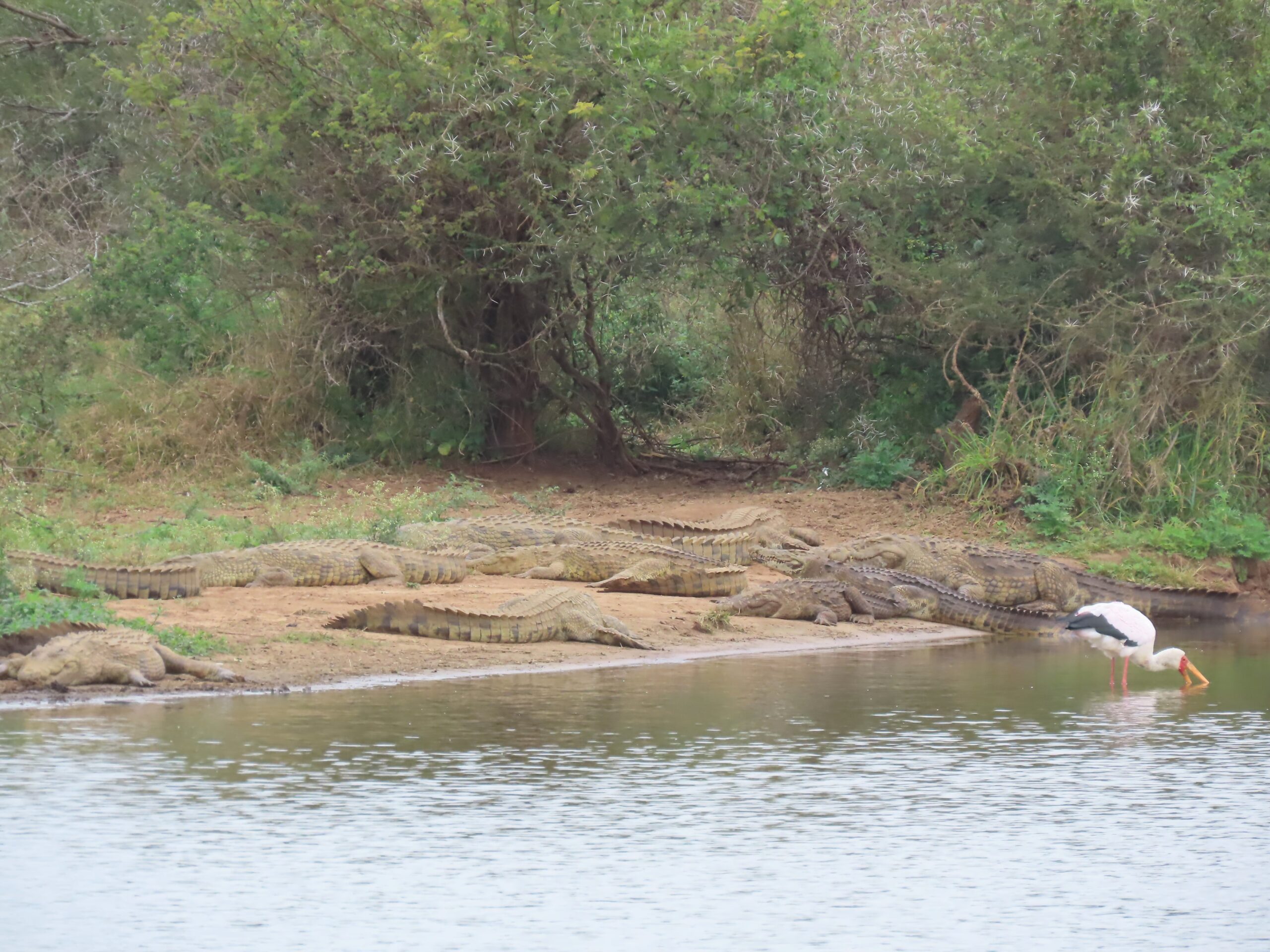



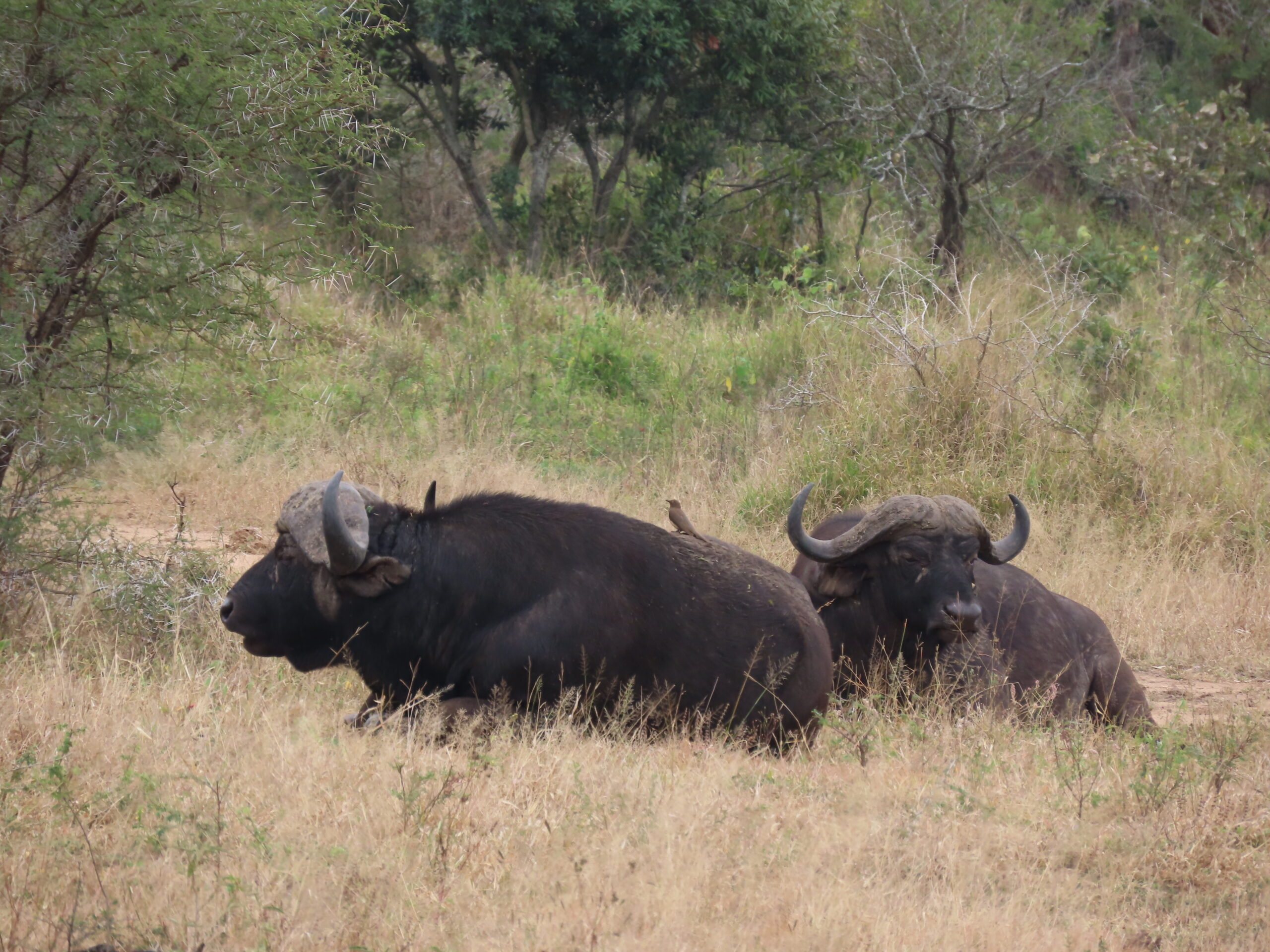


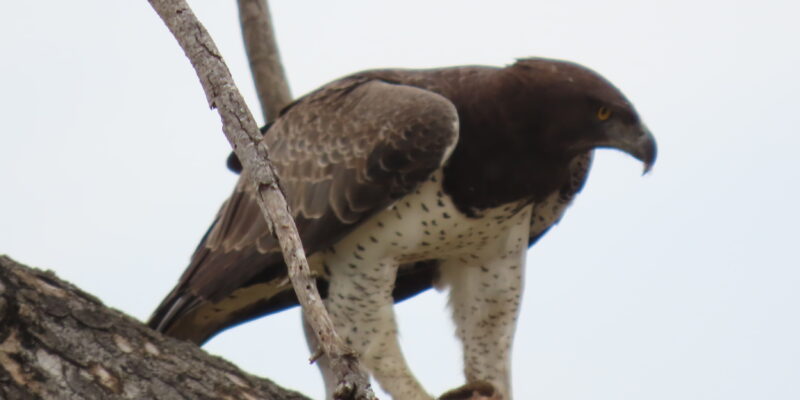
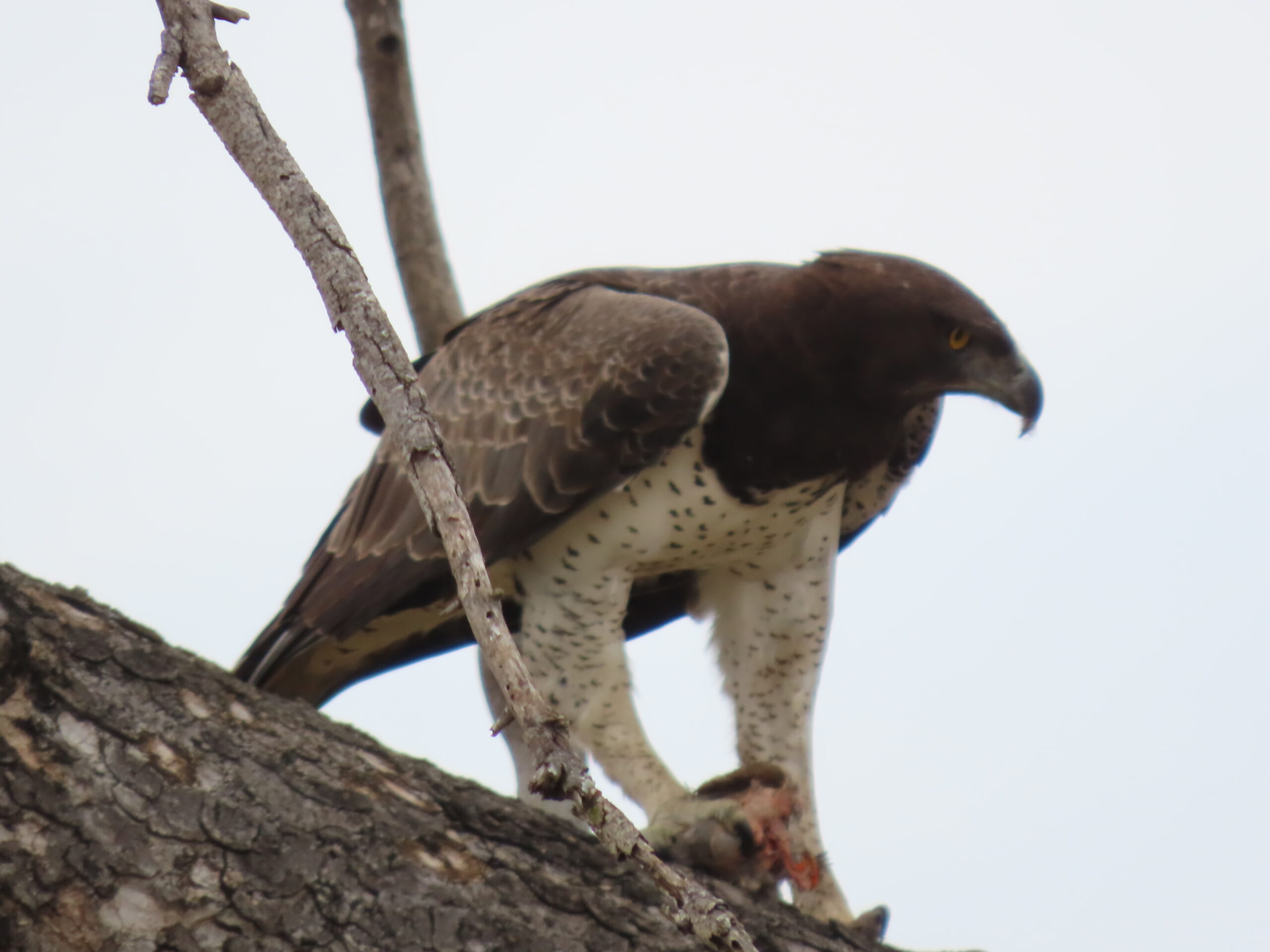

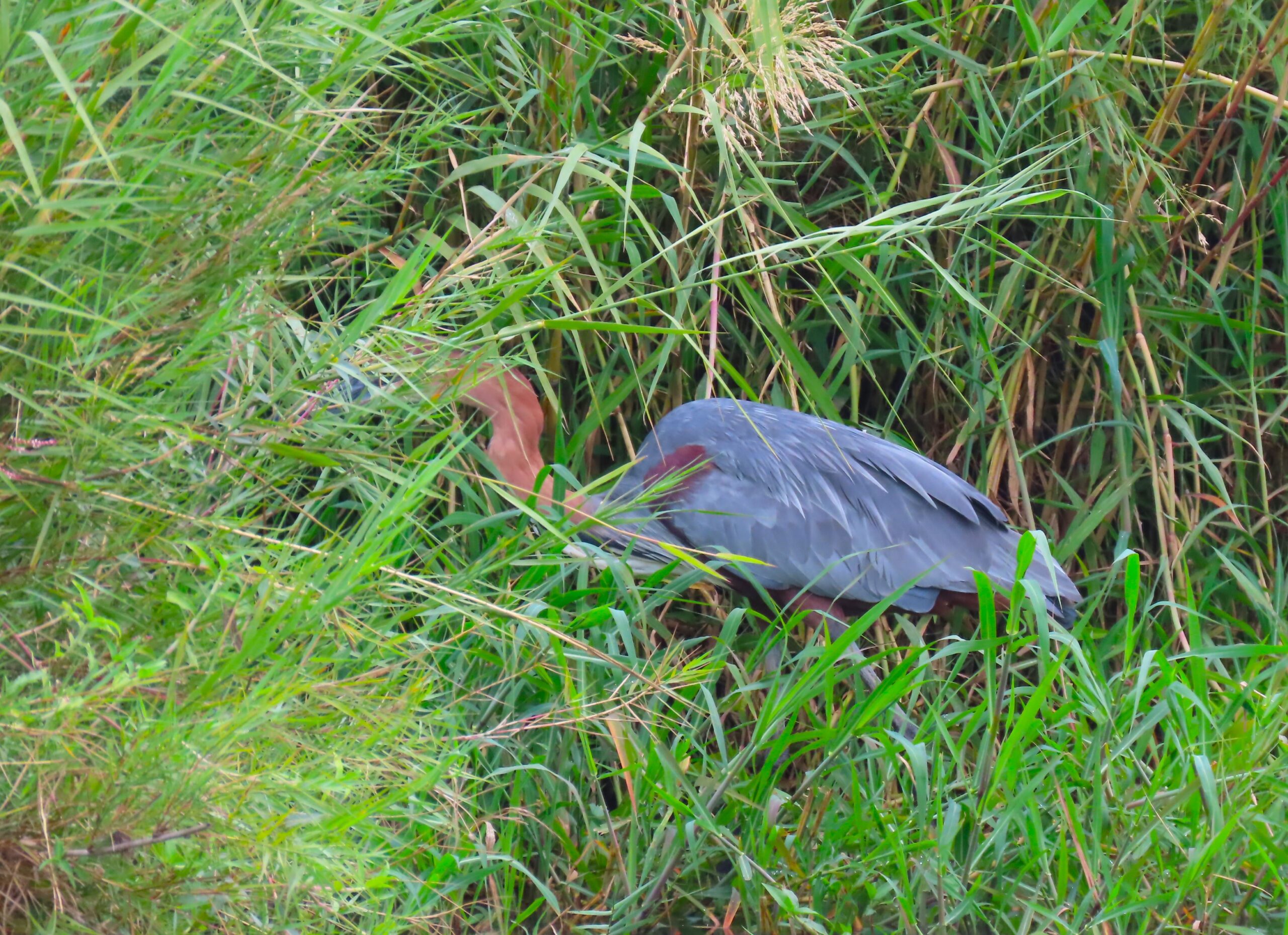
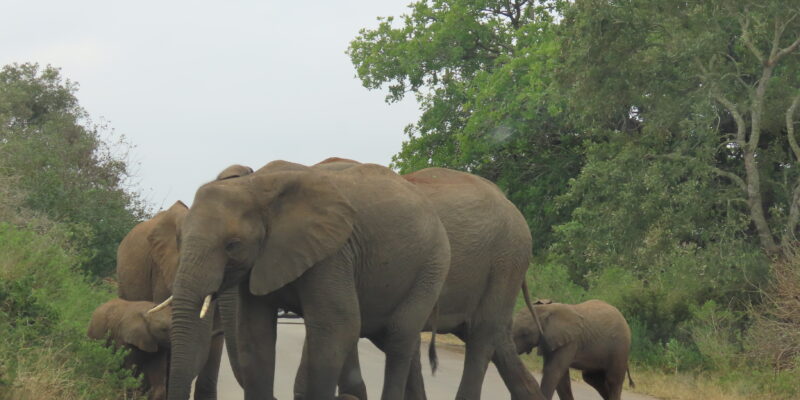
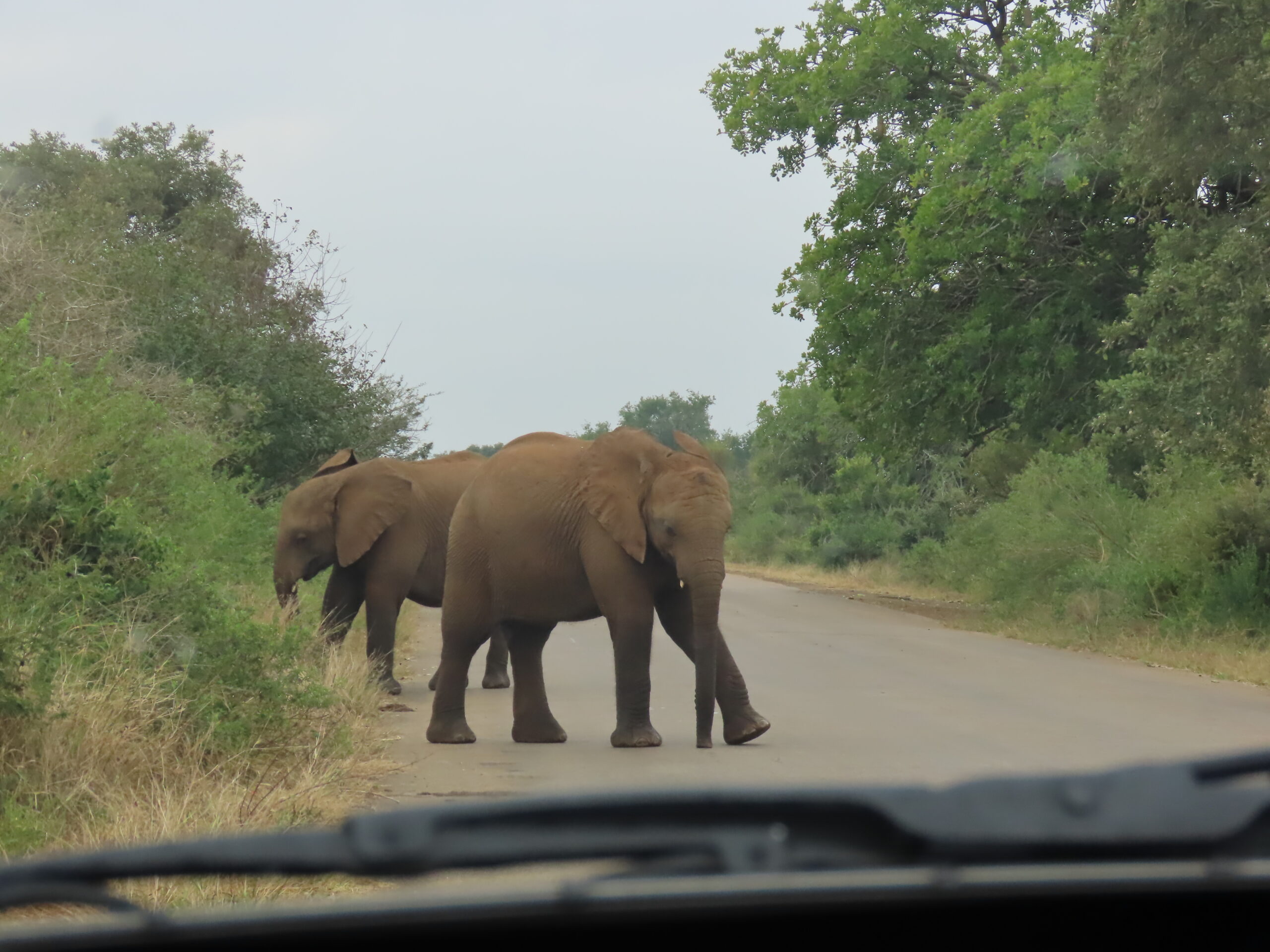

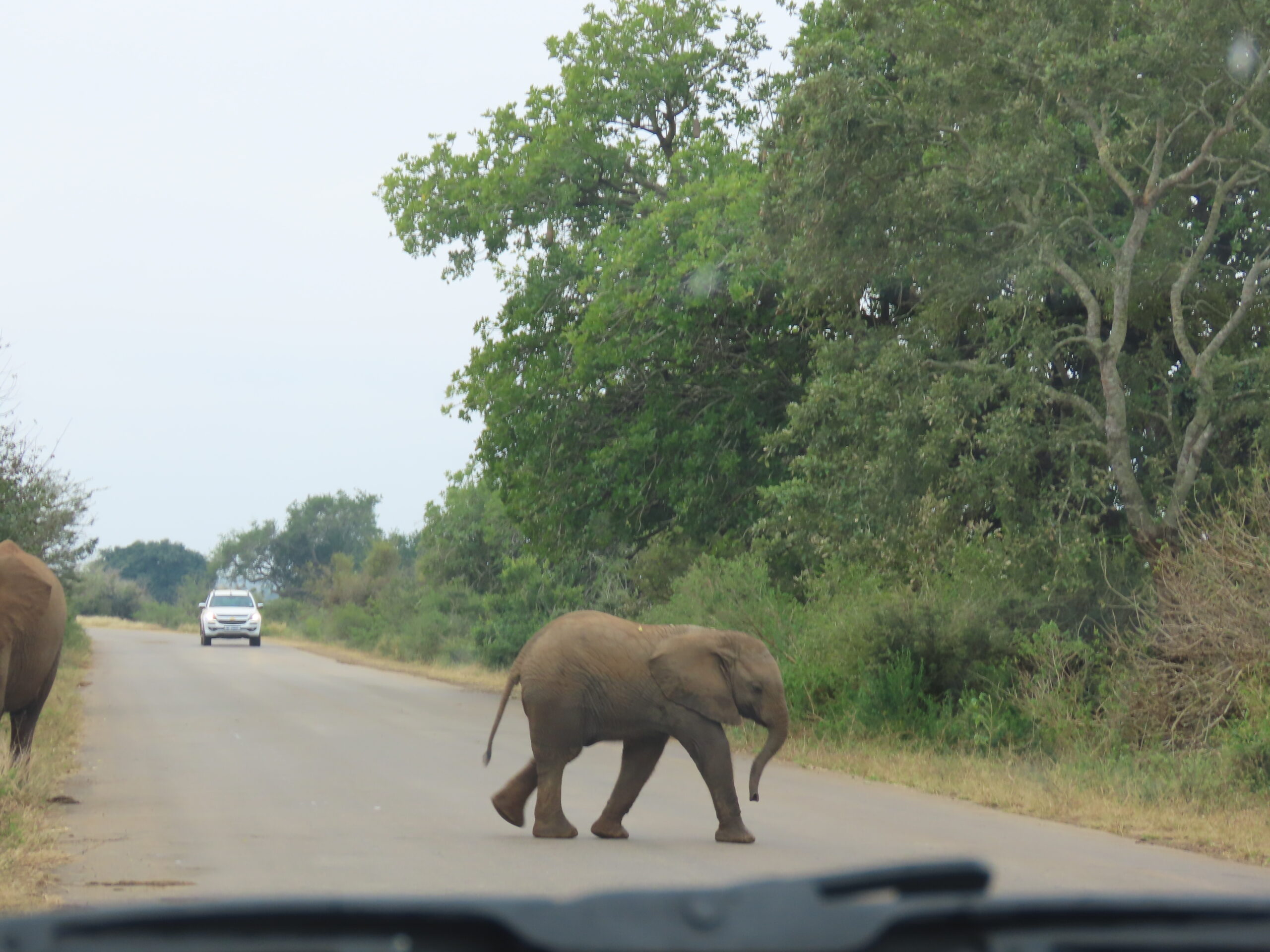
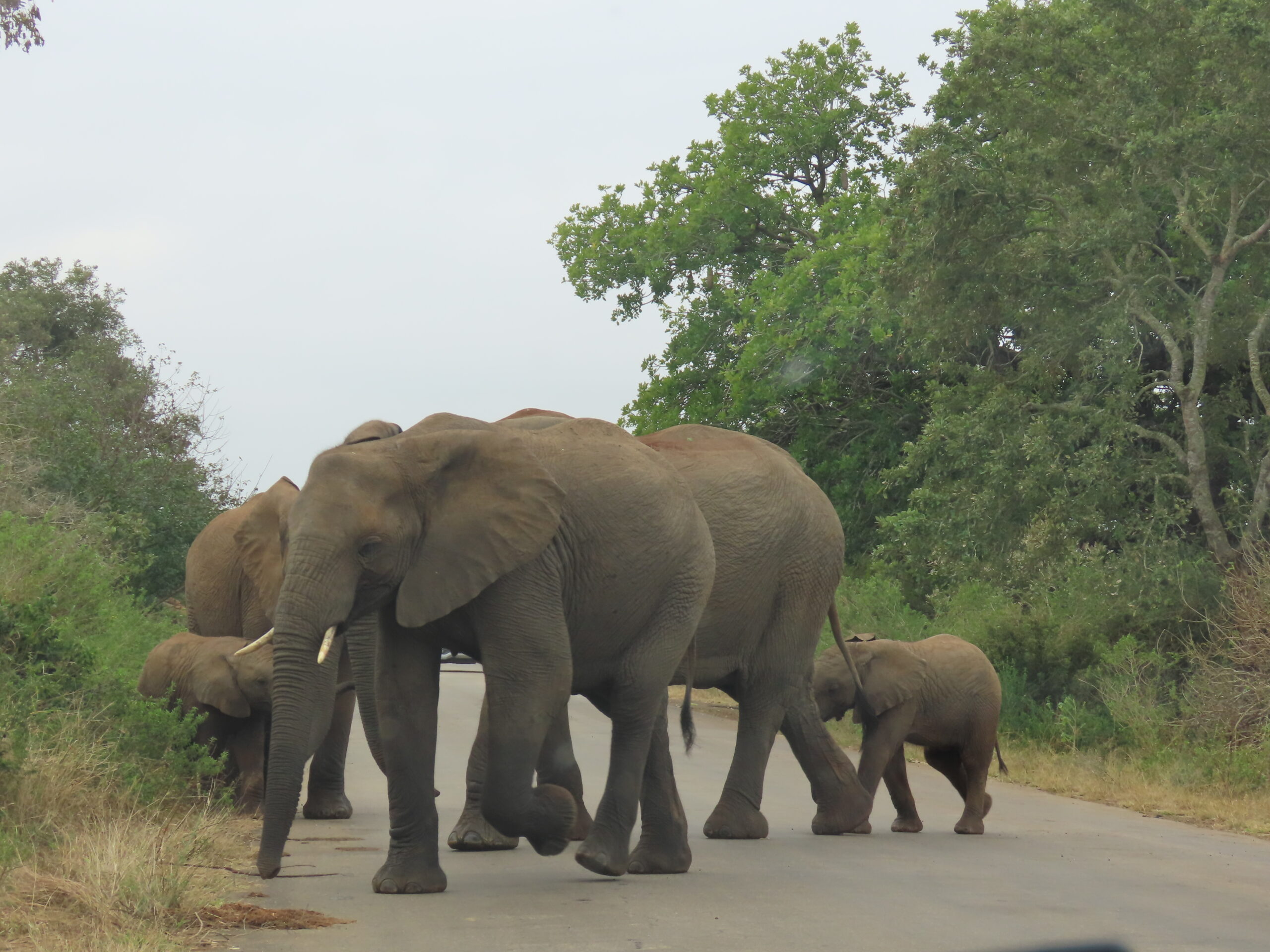
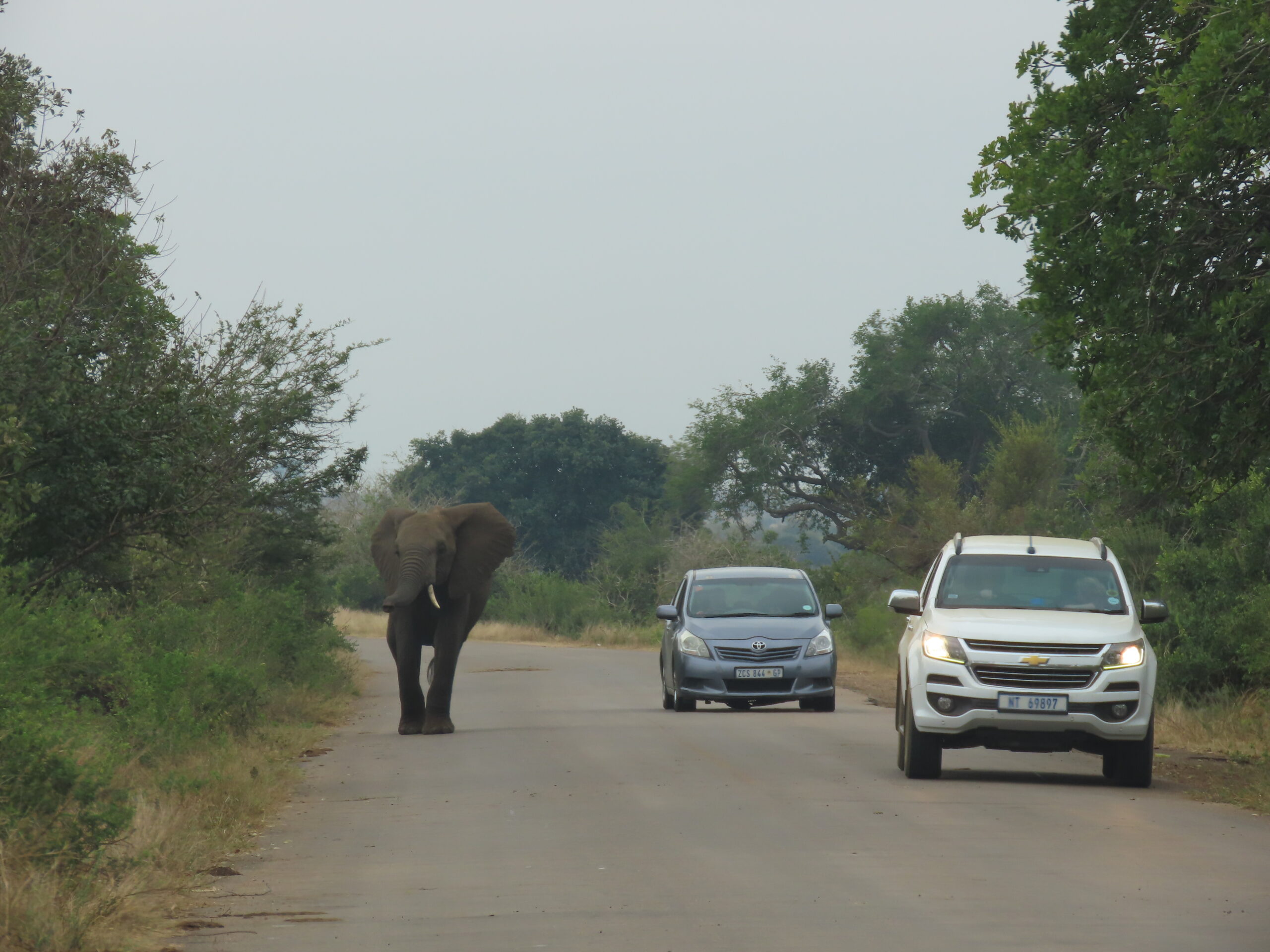




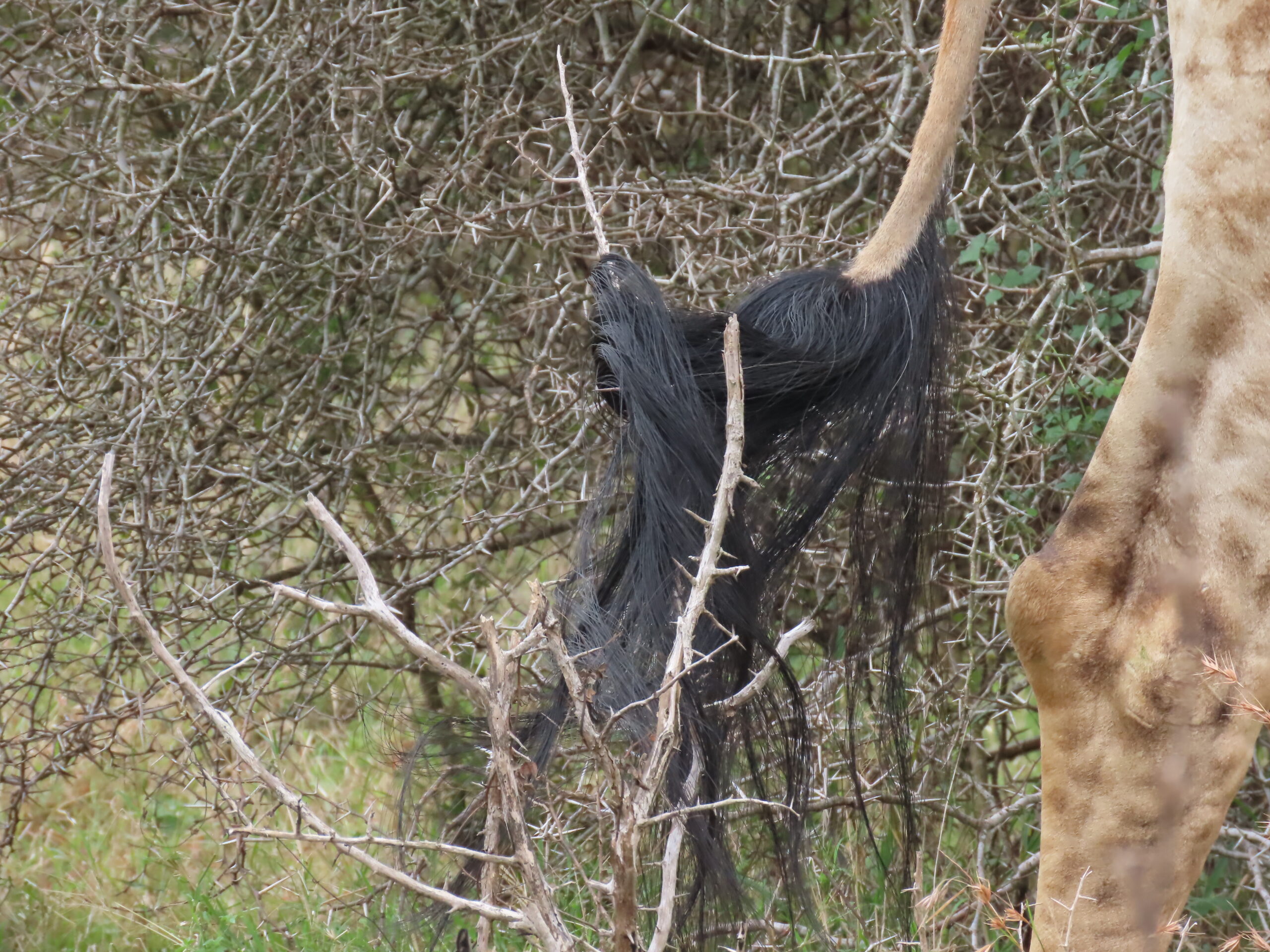
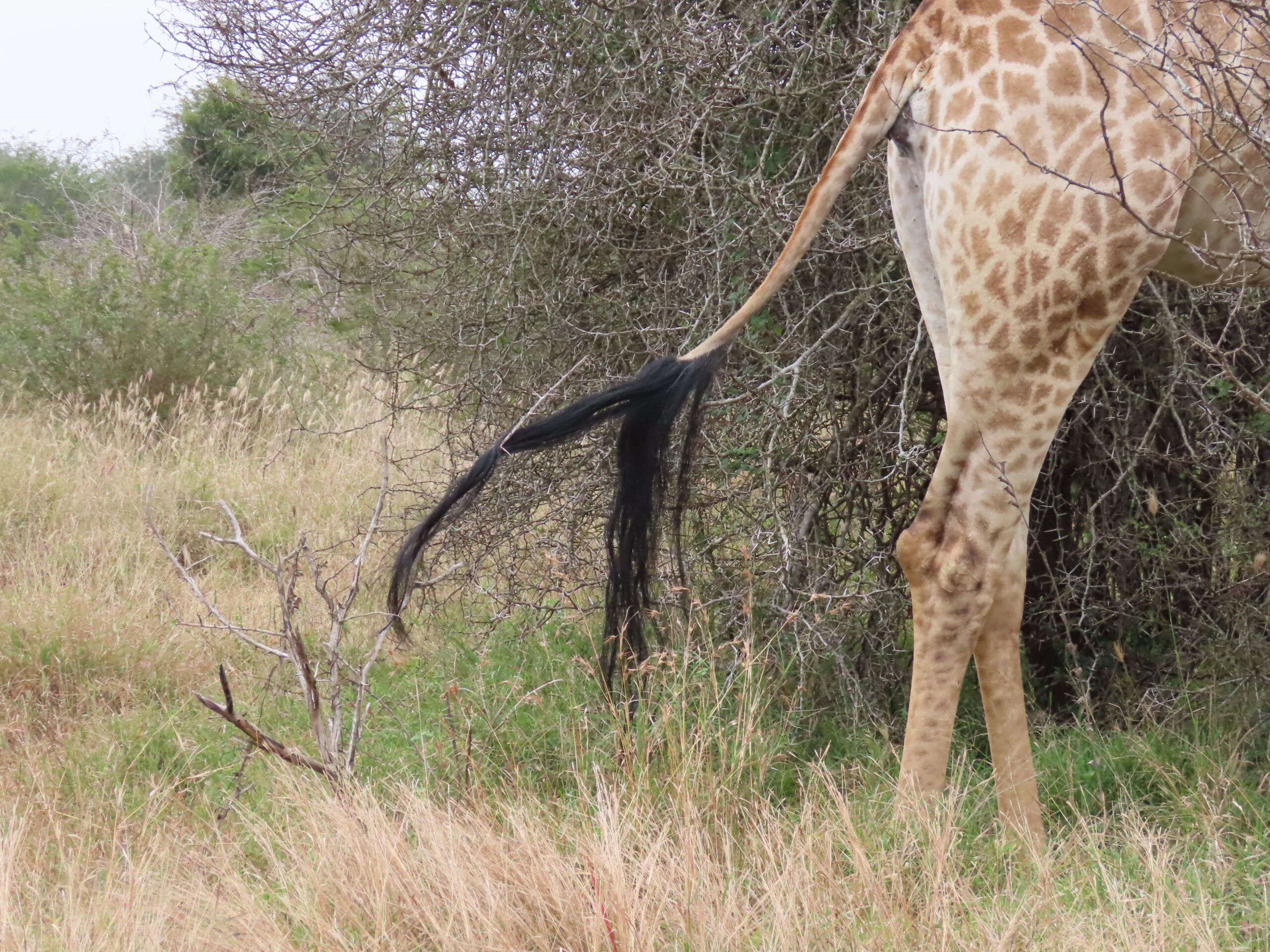
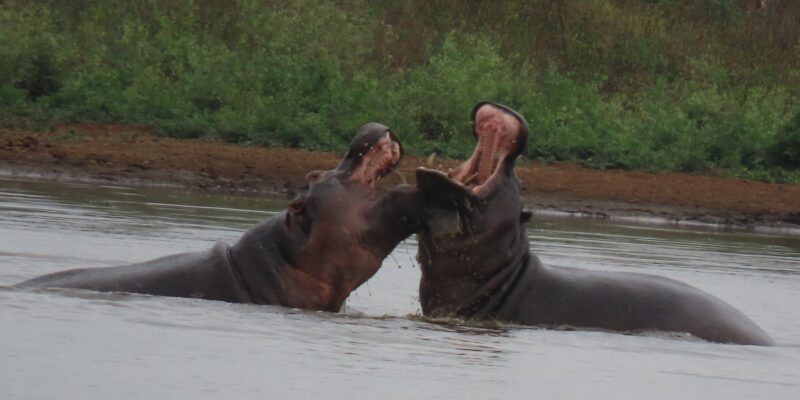

 Our camera cannot zoom such a long distance without sacrificing the quality of the photos. But, to upgrade to a camera that could handle such distant images would result in a bulky piece of equipment, adding more weight to our already heavy baggage. I can place our lightweight Canon Power Shot camera in a carry-on bag without fear of it being stolen.
Our camera cannot zoom such a long distance without sacrificing the quality of the photos. But, to upgrade to a camera that could handle such distant images would result in a bulky piece of equipment, adding more weight to our already heavy baggage. I can place our lightweight Canon Power Shot camera in a carry-on bag without fear of it being stolen.











